Types, Techniques, and Joints in Industrial Welding
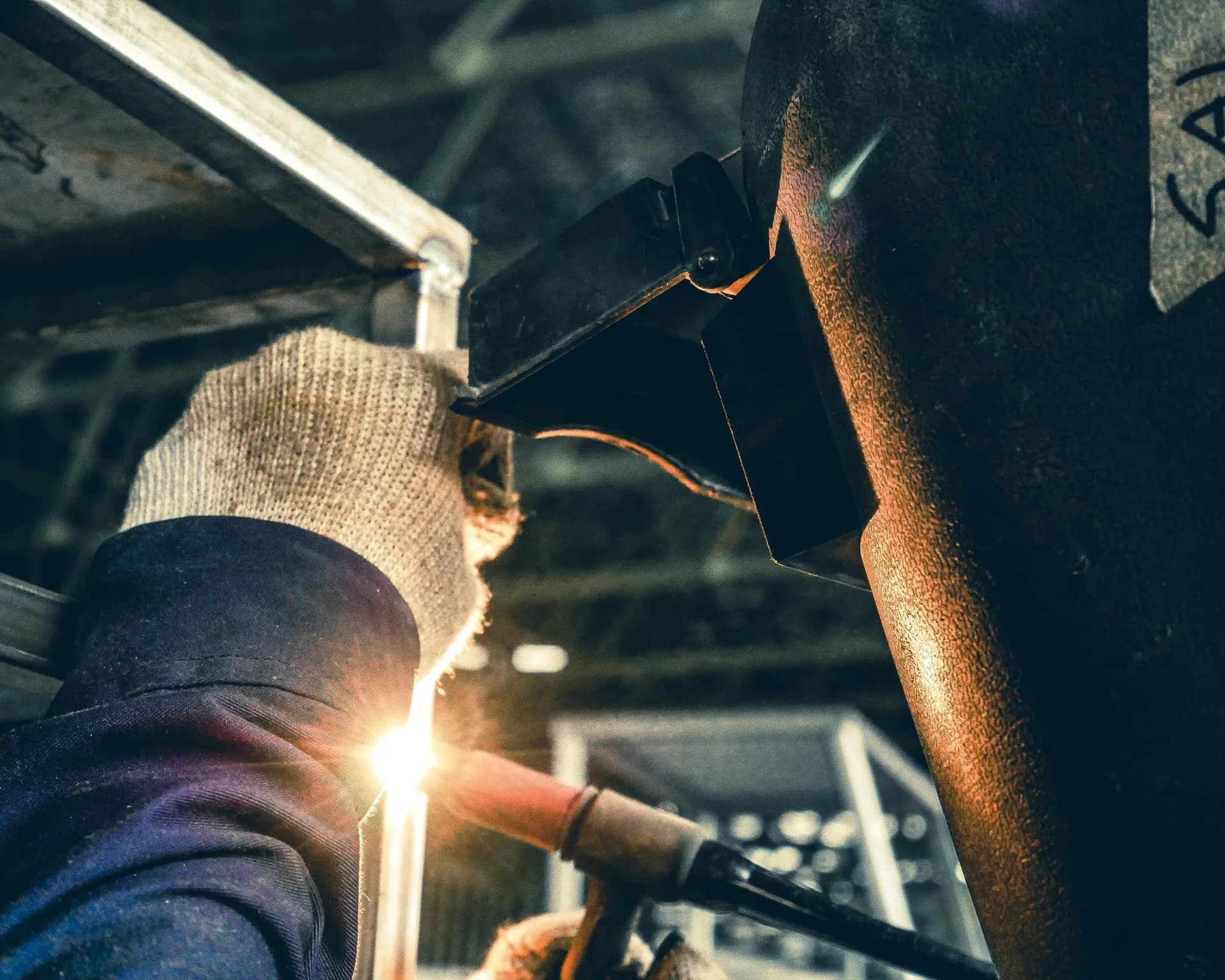
Welding is essential in various industries, from construction and automotive manufacturing to aerospace and shipbuilding. It involves joining materials, typically metals, by applying heat, pressure, or both. The process is far more complex than it may initially seem, with numerous types, techniques, and joints that must be carefully selected depending on the project’s requirements. In this blog, we’ll delve into the various types of welding, the techniques used, and the different kinds of joints, providing a comprehensive overview for anyone interested in the field.
Types of Welding
Industrial welding can be broadly classified into several types, each with unique characteristics, advantages, and applications.
MIG Welding (Metal Inert Gas)
- Overview: Also known as Gas Metal Arc Welding (GMAW), MIG welding uses a continuous solid wire electrode fed through a welding gun. The wire melts and fuses the workpieces, while an inert gas shields the weld from contaminants.
- Applications: Commonly used in automotive, construction, and manufacturing industries for welding steel, aluminum, and other non-ferrous metals.
- Advantages: Fast and relatively easy to learn, producing clean and robust welds.
TIG Welding (Tungsten Inert Gas)
- Overview: TIG welding, or Gas Tungsten Arc Welding (GTAW), uses a non-consumable tungsten electrode to produce the weld. Like MIG welding, an inert gas protects the weld from contamination.
- Applications: Ideal for precision welding of thin materials, such as stainless steel and aluminum, often used in aerospace and automotive industries.
- Advantages: Produces high-quality, clean welds with excellent control over the welding process.
Stick Welding (Shielded Metal Arc Welding – SMAW)
- Overview: Stick welding uses a consumable electrode coated with flux. As the electrode melts, it creates a weld pool that fuses the workpieces, while the flux coating produces a shielding gas to protect the weld.
- Applications: Widely used in construction, repair, and heavy industrial applications.
- Advantages: Versatile and practical for welding thicker materials, especially in outdoor or windy conditions.
Flux-Cored Arc Welding (FCAW)
- Overview: Like MIG welding, FCAW uses a continuously fed wire electrode, but this wire is filled with flux, eliminating the need for an external shielding gas.
- Applications: Often used in construction, shipbuilding, and heavy equipment manufacturing.
- Advantages: Excellent for welding thick materials and works well in dirty or rusty environments.
Submerged Arc Welding (SAW)
- Overview: In SAW, the arc is submerged beneath a blanket of granular flux, which shields the weld from contamination and reduces UV radiation.
- Applications: Commonly used for welding large, thick steel sections in shipbuilding, pressure vessel manufacturing, and other heavy industries.
- Advantages: Produces high-quality, deep welds with minimal spatter and high deposition rates.
Laser Beam Welding (LBW)
- Overview: LBW uses a high-intensity laser beam to join materials. The concentrated heat allows for precise and deep welds.
- Applications: Frequently used in the automotive, aerospace, and electronics industries for welding small, intricate parts.
- Advantages: Offers excellent precision, minimal distortion, and high welding speeds.
Electron Beam Welding (EBW)
- Overview: EBW uses a beam of high-velocity electrons to join materials, typically in a vacuum environment. The kinetic energy of the electrons is converted into heat, creating a weld.
- Applications are used in the aerospace, automotive, and semiconductor industries to weld high-value components.
- Advantages: Capable of producing deep, narrow welds with minimal distortion.
Welding Techniques
Selecting the proper technique is crucial for achieving solid and durable welds. The technique chosen depends on the materials being welded, the welding process type, and the project specific requirements project’s specific requirements.
Forehand and Backhand Welding
- Overview: In forehand welding, the torch or electrode is pointed toward the direction of welding, while in backhand welding, it points away from the direction of travel.
- Applications: Forehand welding is often used for thin materials, while backhand welding is preferred for thicker materials.
- Advantages: Forehand welding offers better visibility and control, while backhand welding provides deeper penetration.
Weave Welding
- Overview: Weave welding involves moving the electrode or torch in a zigzag or circular motion along the joint. This technique is used to cover more expansive areas or to build up the weld bead.
- Applications: Commonly used in pipe welding, structural welding, and other applications requiring wide welds.
- Advantages: Provides excellent fusion and penetration, especially in thicker materials.
Stringer Bead Welding
- Overview: In stringer bead welding, the welder moves the electrode or torch straight line along the joint without weaving.
- Applications: Typically used in flat or horizontal welding positions requiring minimal distortion.
- Advantages: Produces a clean, narrow weld bead with less heat input, reducing the risk of warping.
Stitch Welding
- Overview: Stitch welding involves creating intermittent welds rather than continuous ones. The welds are spaced apart, leaving gaps between them.
- Applications: Often used in sheet metal fabrication, automotive repairs, and applications where full-length welding is unnecessary.
- Advantages: Reduces heat input, minimizes distortion, and saves time and materials.
Types of Welding Joints
The type of joint used in welding plays a critical role in the final product’s strength, appearance, and functionality. Here are the most common types of welding joints:
Butt Joint
- Overview: A butt joint is formed when two pieces of metal are placed edge to edge and welded together. It is the most basic and commonly used joint.
- Applications: Used in various industries, including construction, pipeline welding, and fabrication.
- Advantages: Simple to set up and provides strong welds when done correctly.
Corner Joint
- Overview: In a corner joint, two pieces of metal are joined at a right angle to form a corner. The joint can be either outside or inside.
- Applications: Commonly used to fabricate frames, boxes, and enclosures.
- Advantages: Provides good structural strength and is easy to weld.
Lap Joint
- Overview: A lap joint is formed when two pieces of metal overlap and are welded together. This joint is often used when joining two pieces of different thicknesses.
- Applications: Frequently used in automotive, aerospace, and sheet metal fabrication.
- Advantages: Offers excellent shear strength and is suitable for welding thin materials.
T-Joint
- Overview: A T-joint is formed when one piece of metal is positioned at a 90-degree angle to the other, resembling the letter “T.”
- Applications: Used in structural welding, pipe fittings, and other applications requiring perpendicular connections.
- Advantages: Provides strong welds and is versatile in various welding positions.
Edge Joint
- Overview: An edge joint is formed when two pieces of metal are placed edge to edge, with one or both edges bent upwards. The weld is made along the edge.
- Applications: Commonly used in sheet metal fabrication, especially in applications requiring long, continuous welds.
- Advantages: Suitable for thin materials and offers good weld penetration.
Flange Joint
- Overview: A flange joint is created when two pieces of metal are welded together, with one piece having a flange or lip overlapping.
- Applications: Used in applications requiring reinforced or sealed joints, such as pipes and containers.
- Advantages: Provides a robust and leak-proof joint and is ideal for high-pressure applications.
Industrial welding is a complex and multifaceted field that requires a deep understanding of various types, techniques, and joints. Whether welding thin metal sheets or constructing massive steel structures, selecting the proper process and technique is crucial for achieving strong, durable, and precise welds. By mastering the different types of welding and understanding the nuances of each technique and joint, welders can ensure that their work meets the highest quality and safety standards.
This comprehensive guide is valuable for anyone interested in industrial welding, from beginners looking to learn the basics to seasoned professionals seeking to refine their skills.
Newsletter
Don't miss a thing!
Sign up to receive daily news
Recent Posts
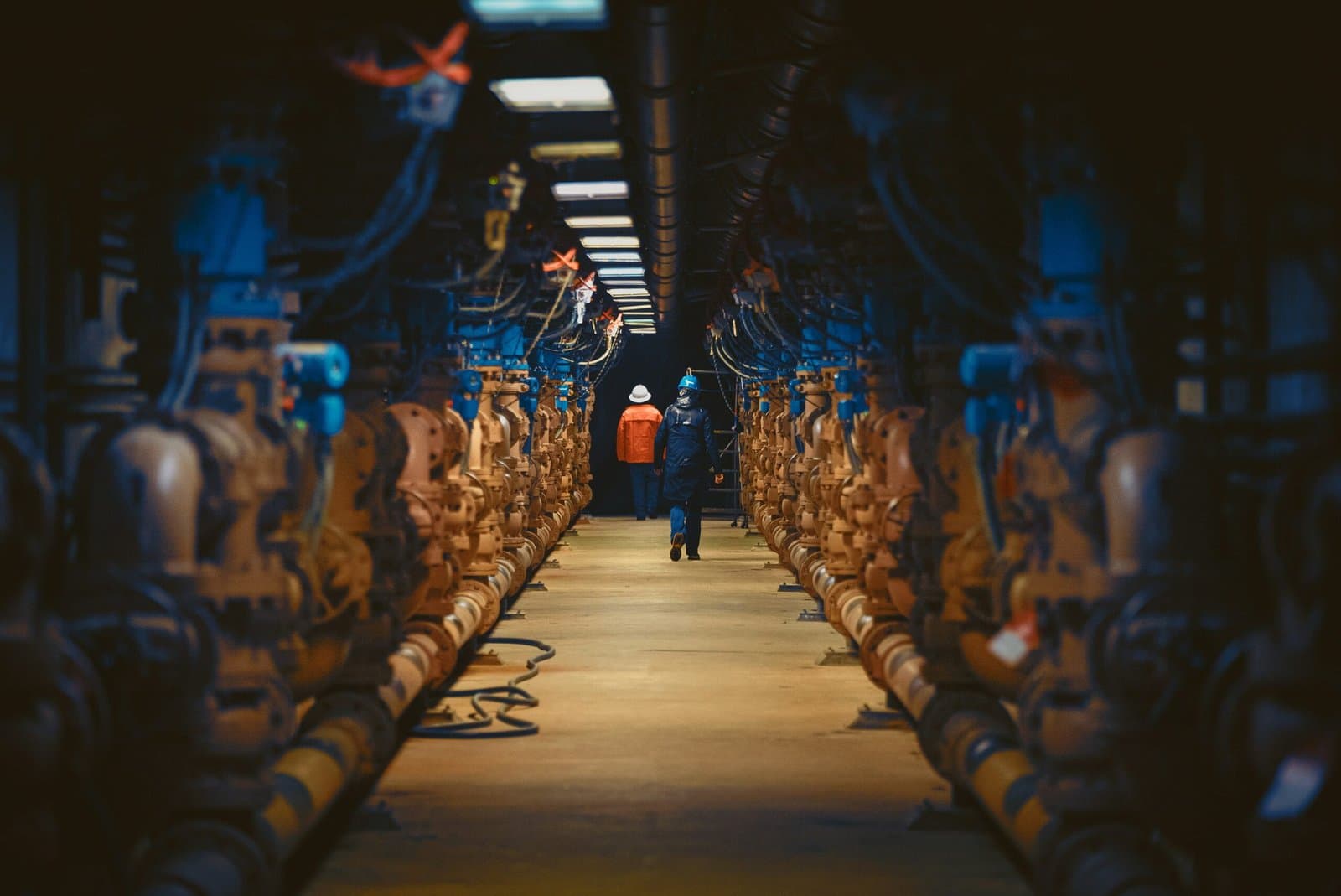
august 30, 2025
Decommissioning a Facility: How to Turn It into a Profitable Venture
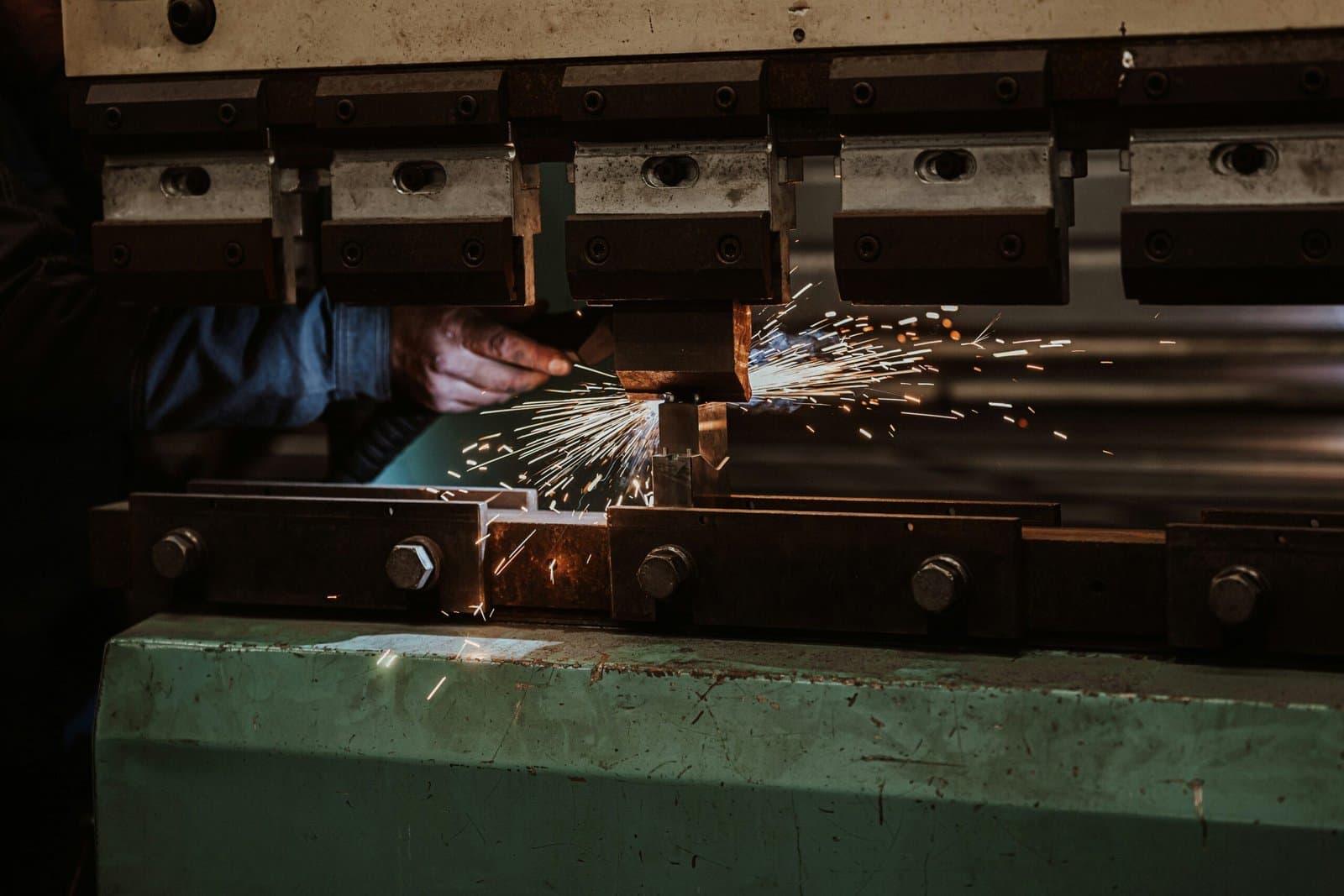
august 25, 2025
Hydraulic Press Maintenance 101
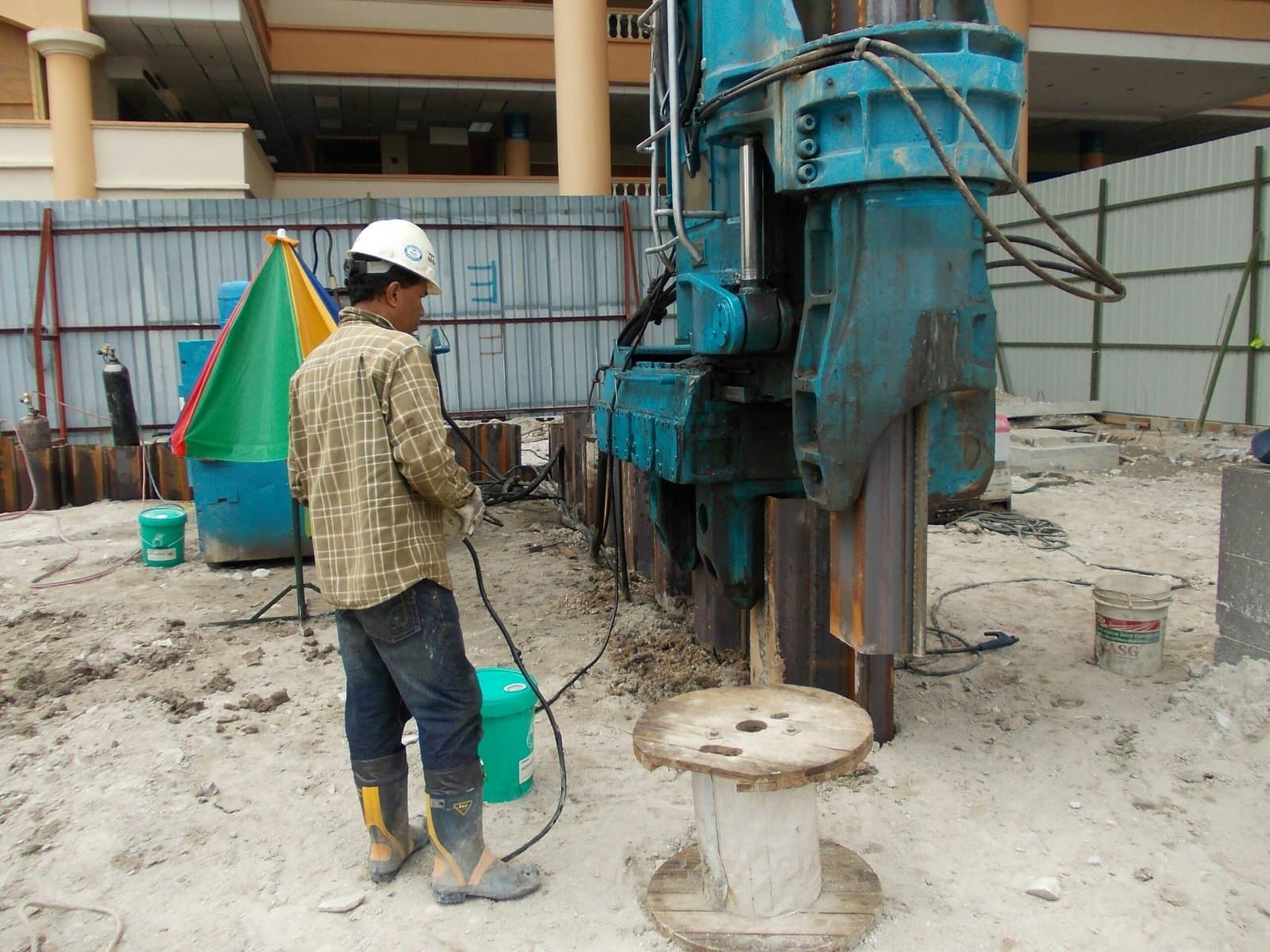
august 18, 2025
Rigging Machinery: The Challenge of Moving and Installing Outdated vs. Modern Equipment
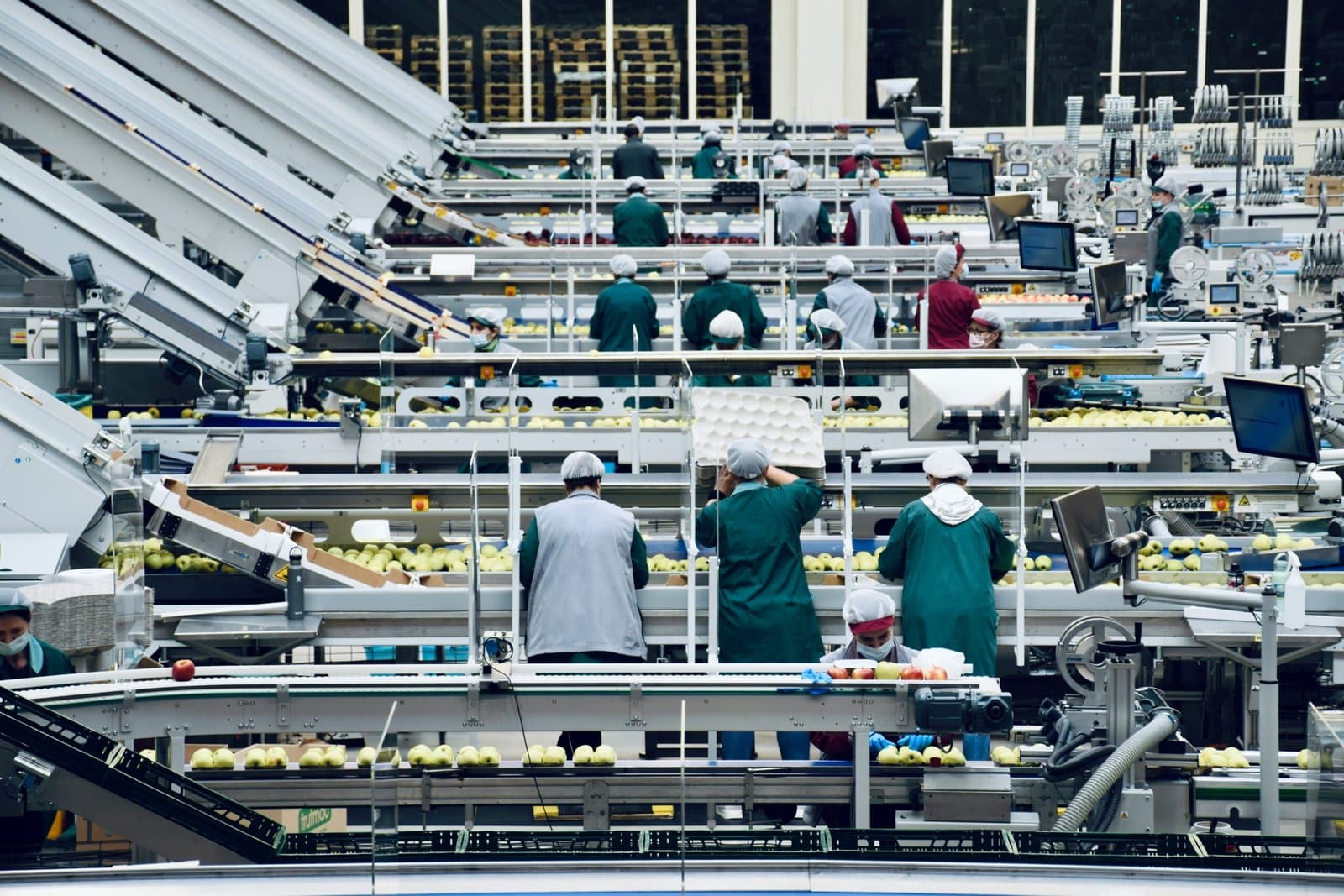
august 16, 2025
Conveyor System Maintenance: 5 Early Warning Signs of Failure
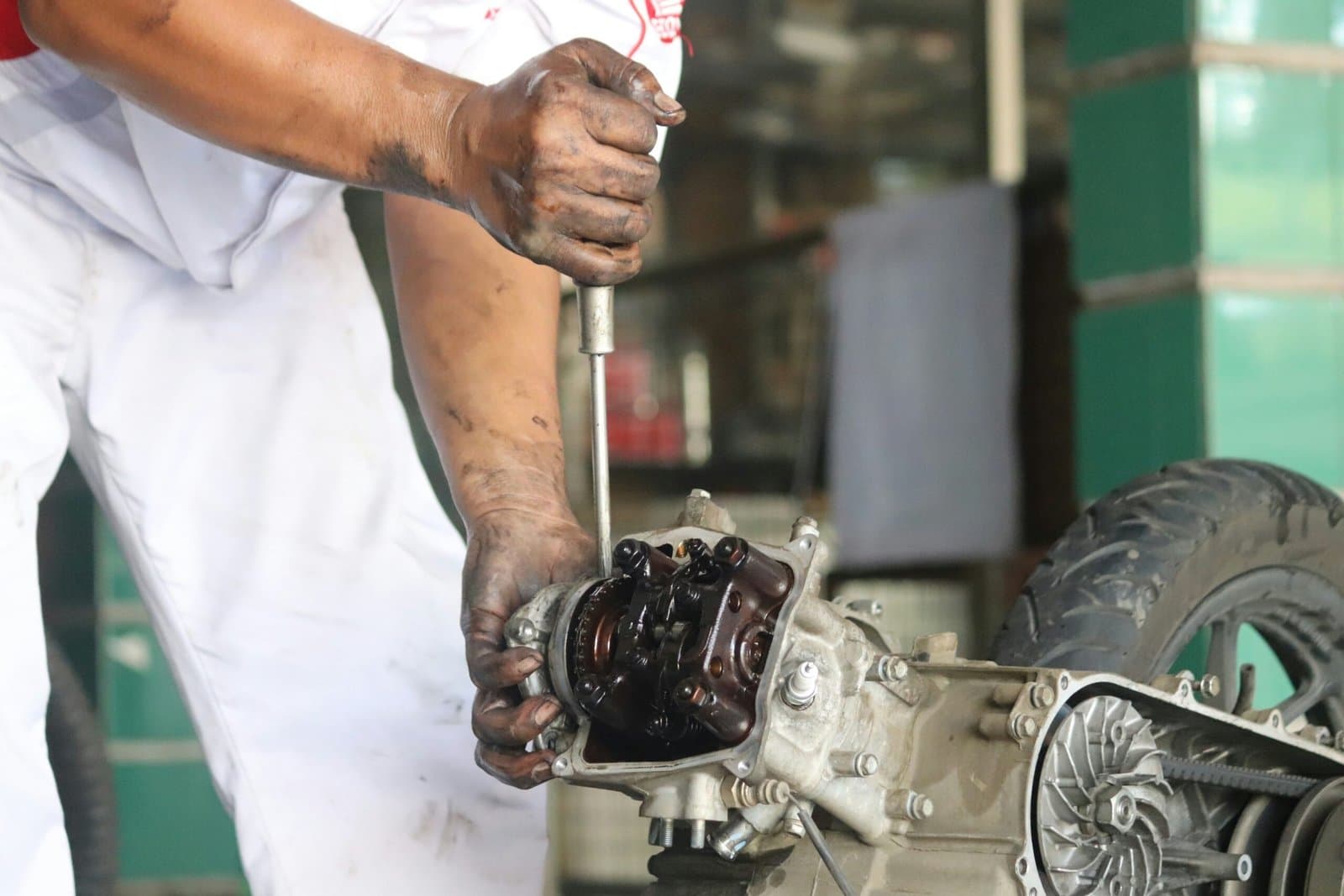
august 14, 2025
Predictive Maintenance: The Smarter Alternative to Costly Reactive Repairs
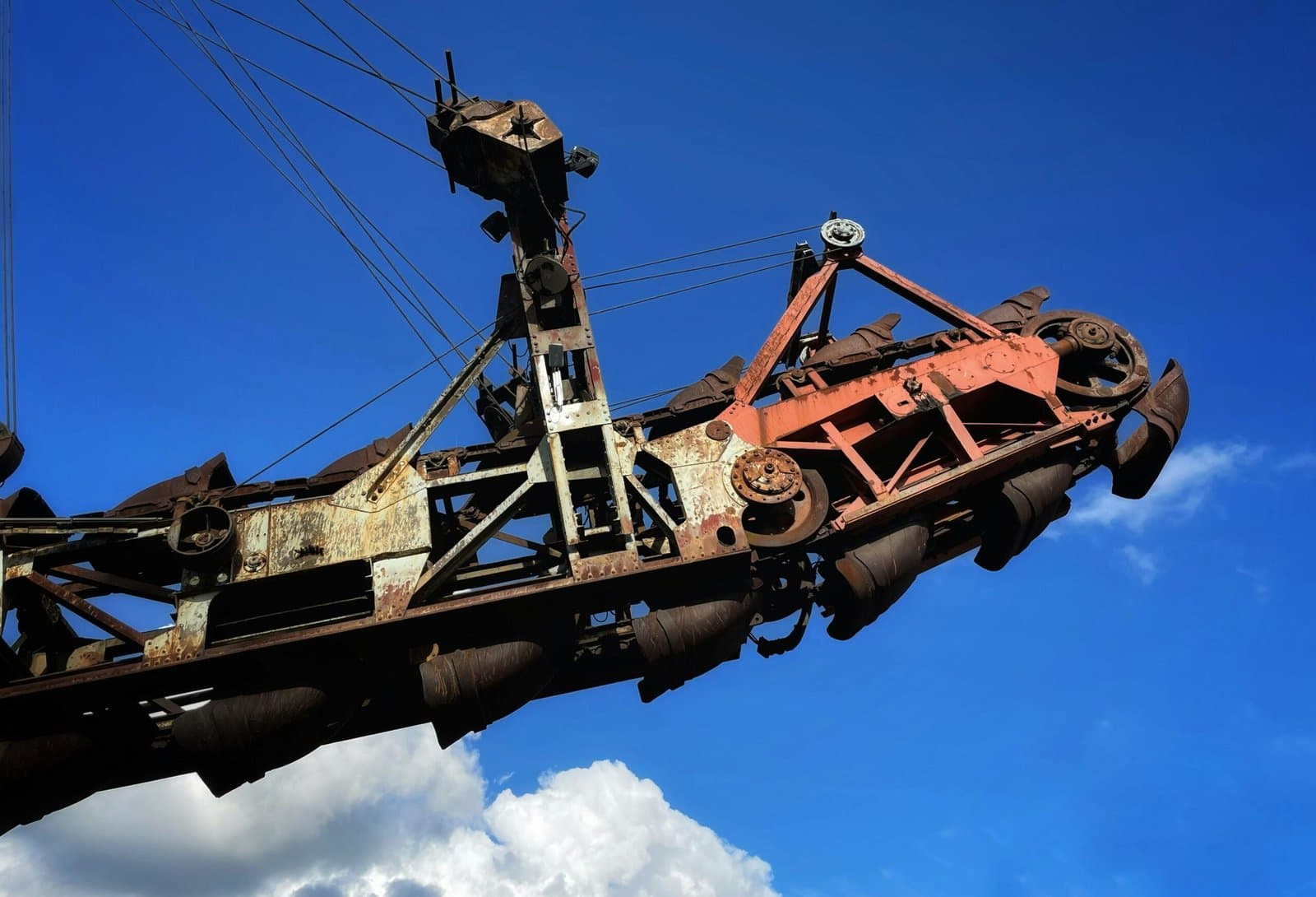
august 11, 2025